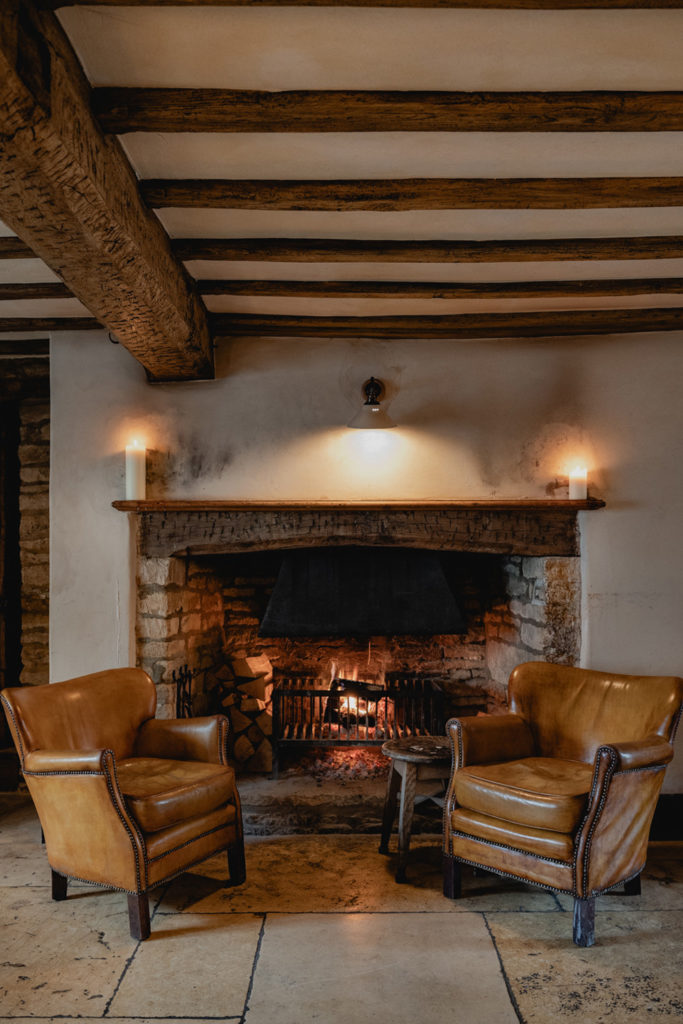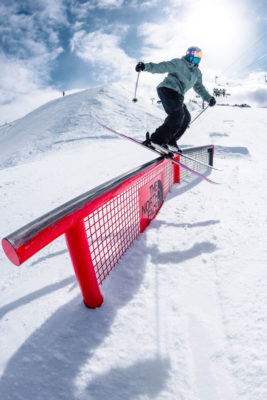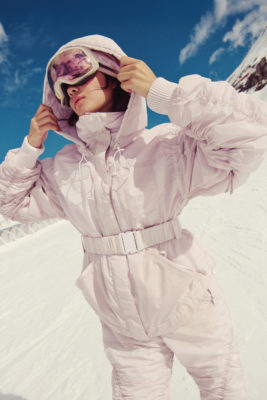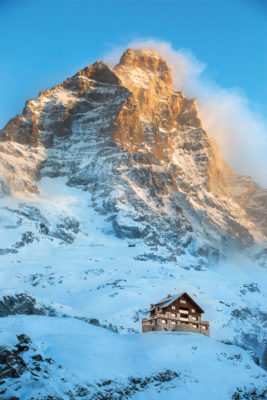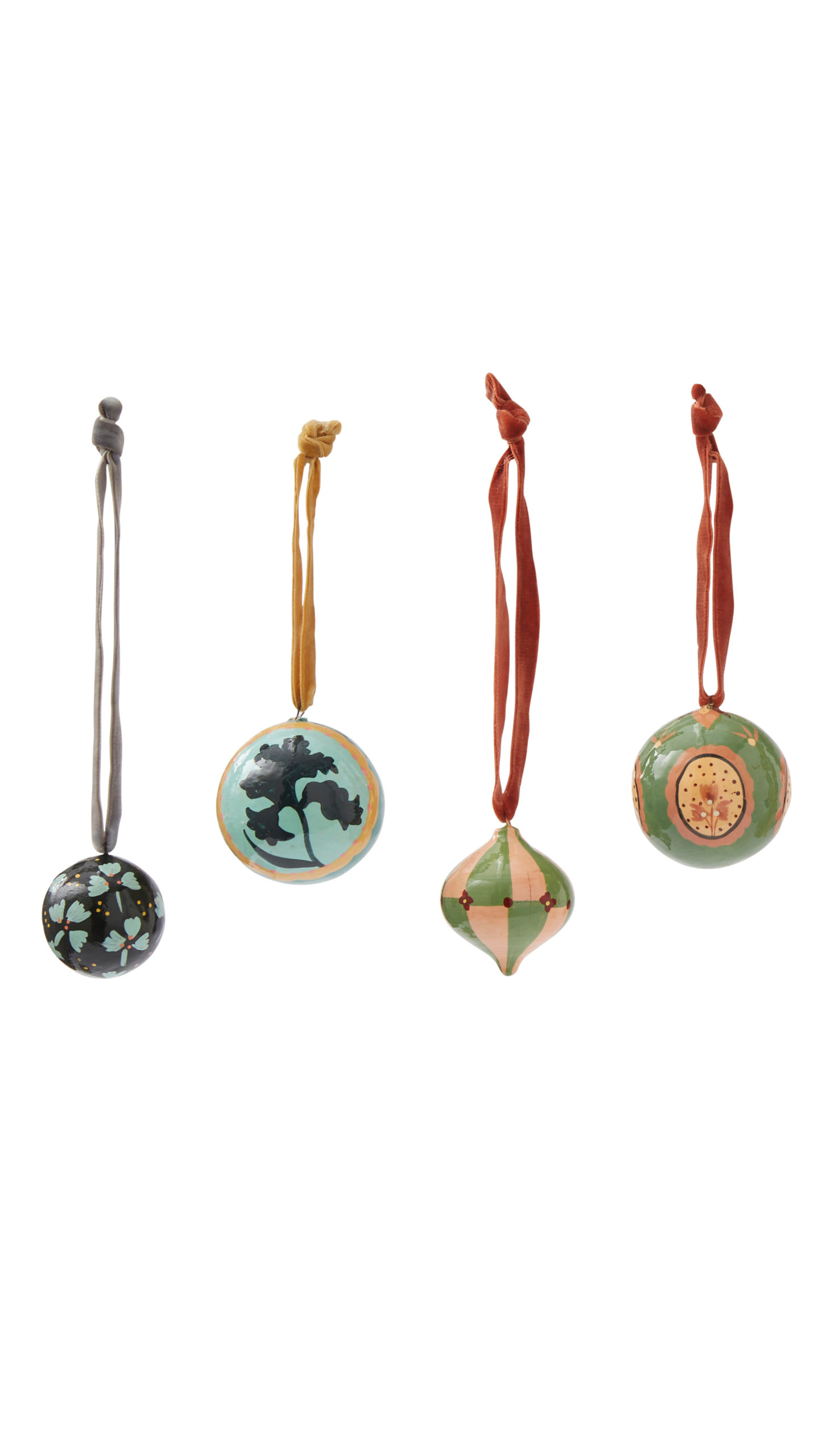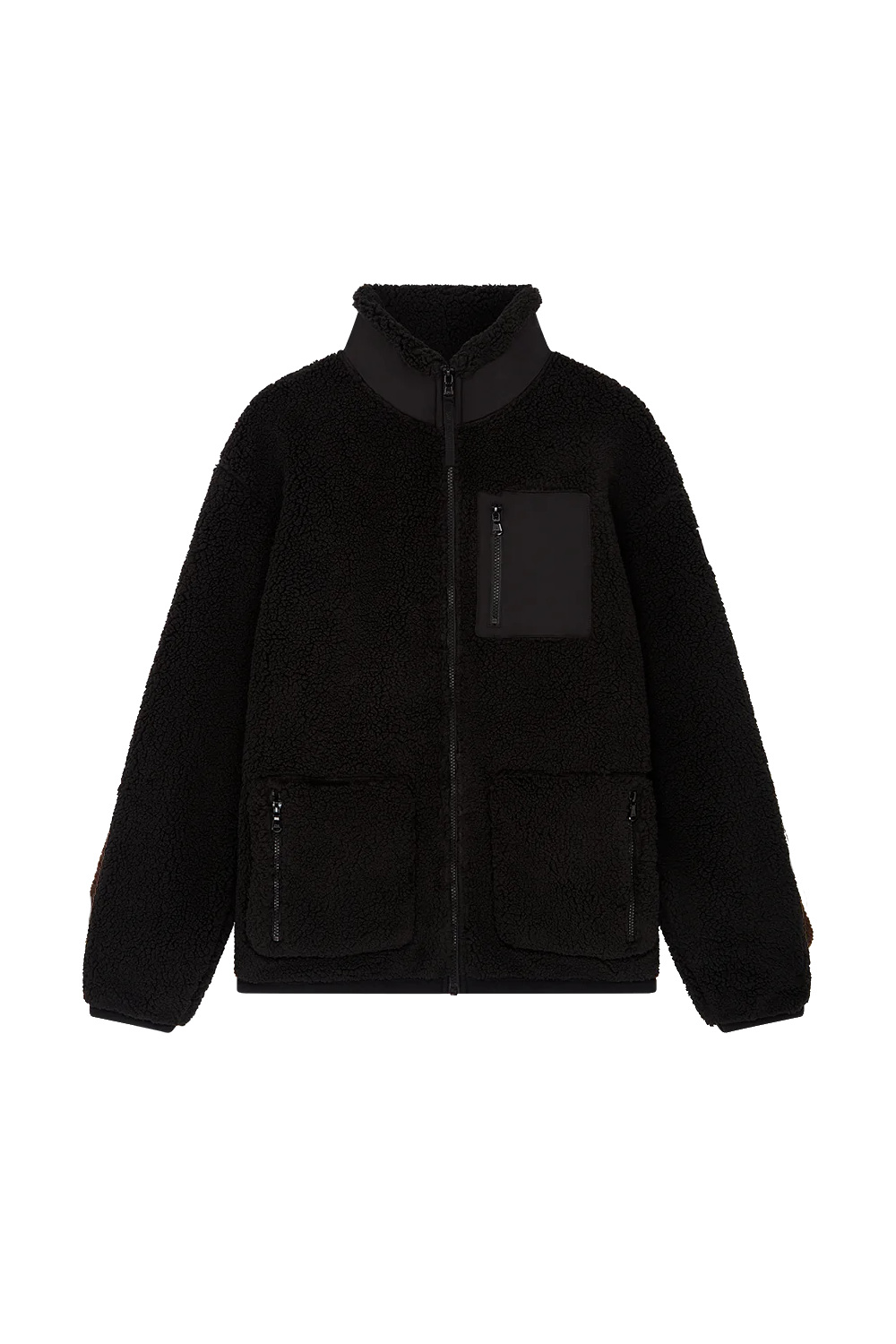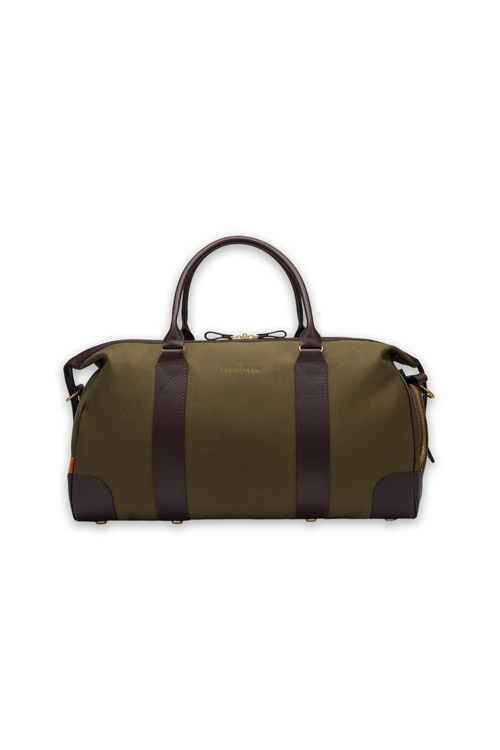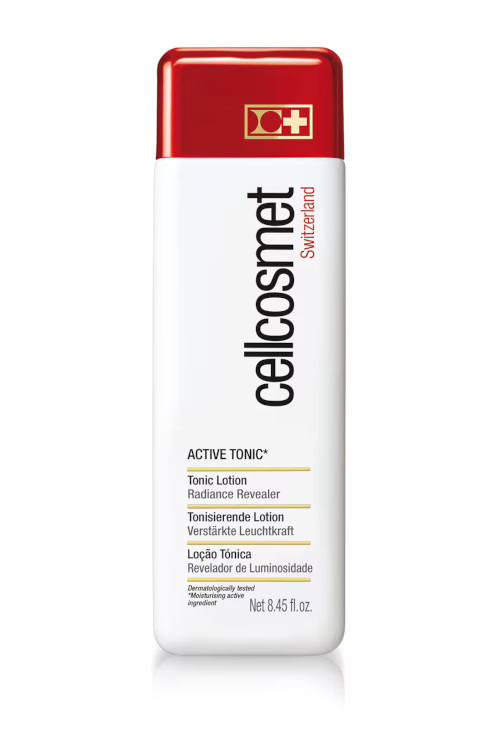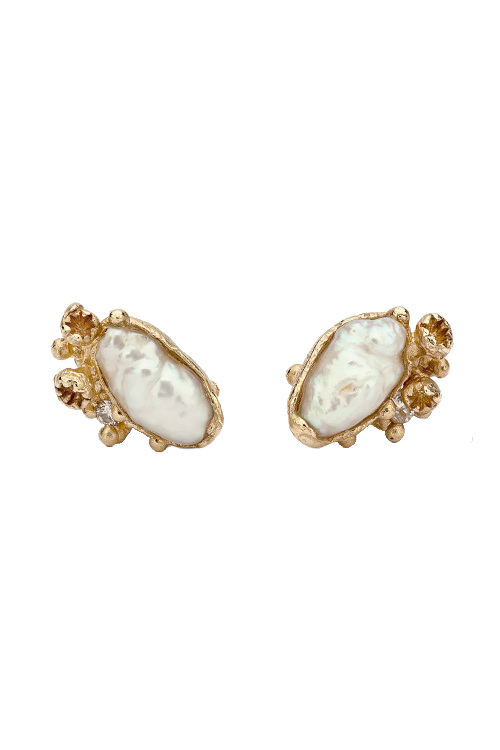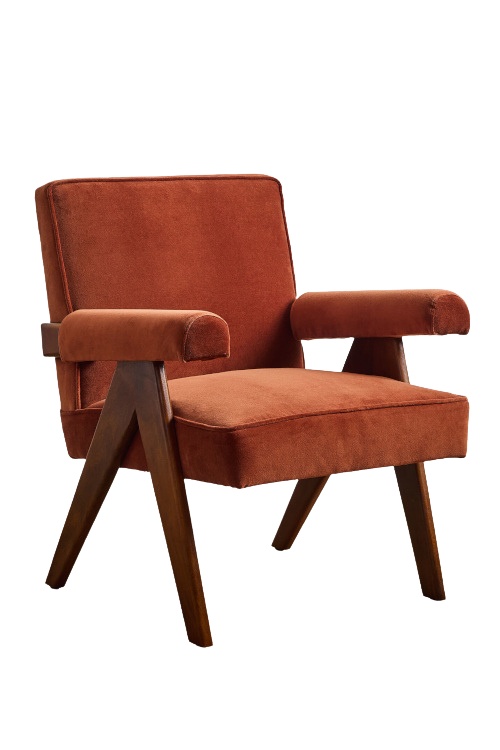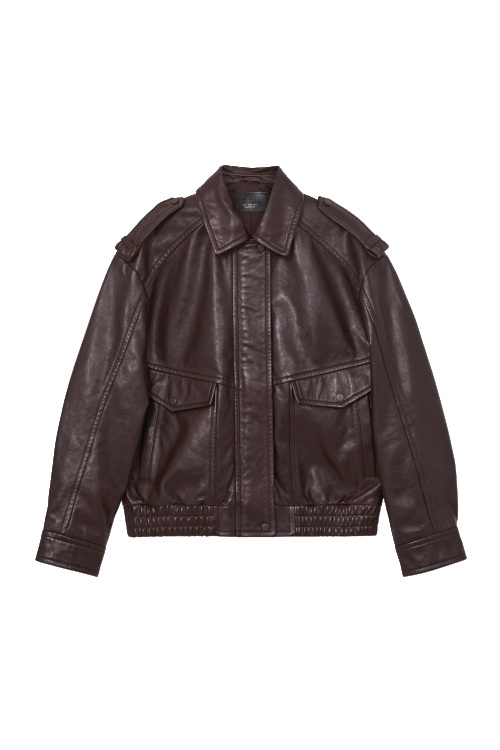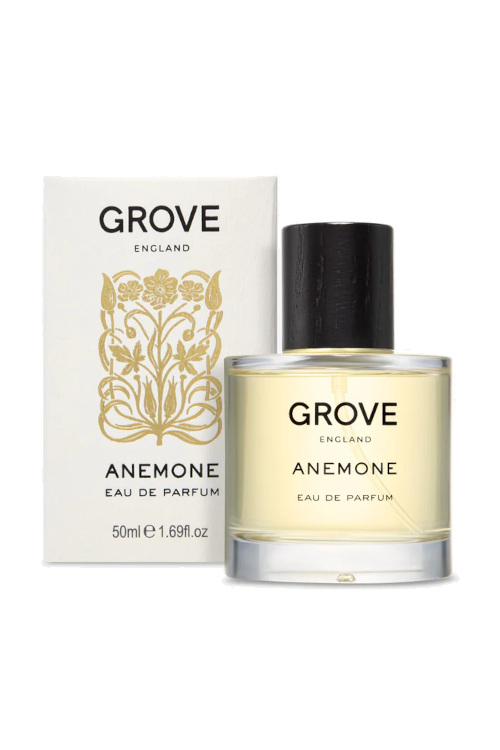An Olympian’s Guide To Greener Skiing
By
9 seconds ago
Olympian and Sunday Ski presenter Chemmy Alcott on how she skis with less planetary impact
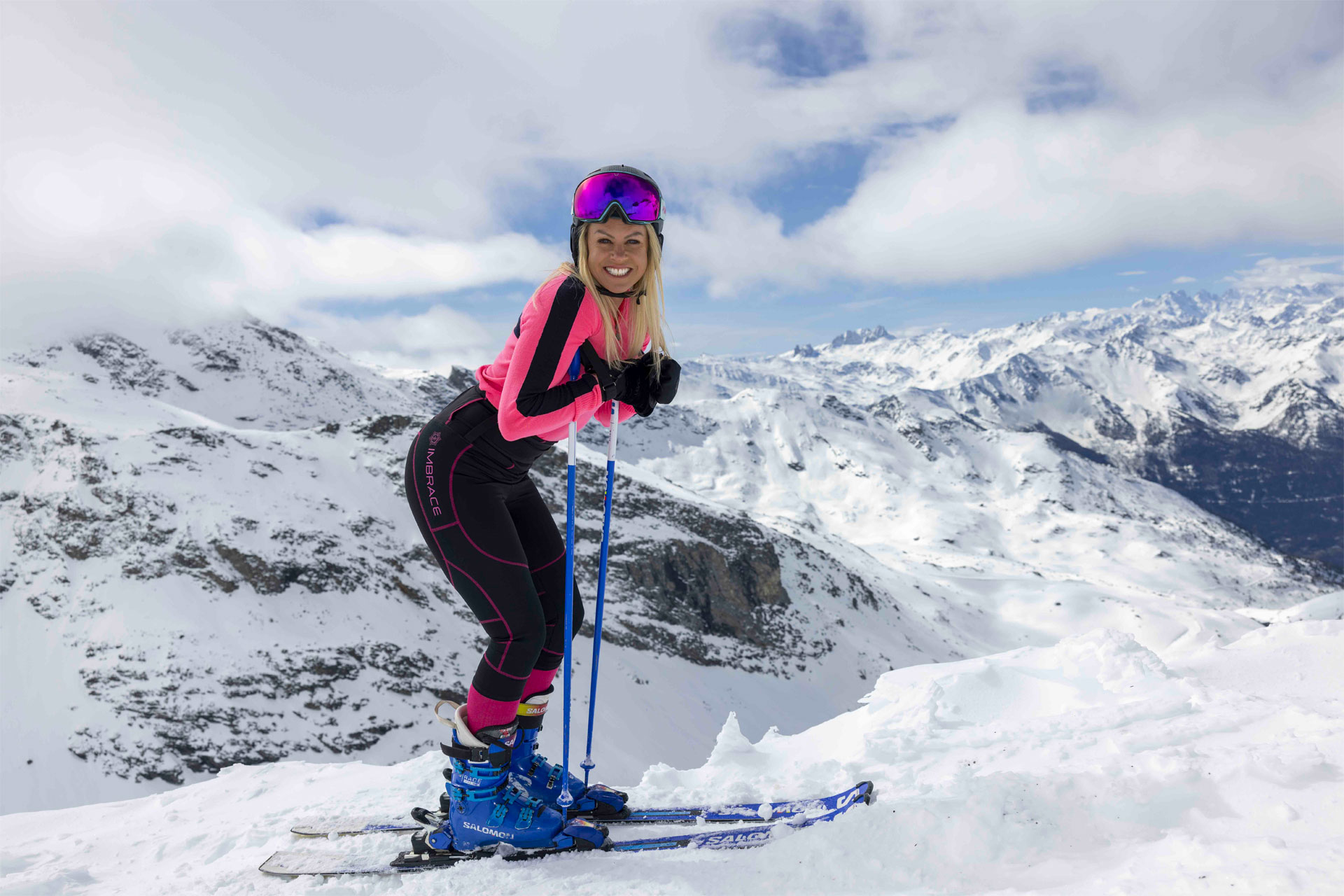
You will undoubtedly see four-time winter Olympian Chemmy Alcott on your screens in February as the athletic tournament returns – this year in Milano Cortina. The alpine ski racer presents the BBC’s Ski Sunday alongside Ed Leigh and has been heavily involved in climate campaigning since her retirement from racing in 2014.
She feels out of context when I zoom her, dressed in a normal shirt and jeans as opposed to her salopettes and thermals. But when she starts speaking, she’s instantly recognisable, delivering clear broadcaster soundbites from the comfort of her west London home. ‘Naturally, in a pre-Olympic year, everyone gets excited about snow sports,’ she says of an uptick in Ski Sunday viewers, ‘but I think there’s been a marked growth in buzz from UK sports fans since the pandemic.’
This she attributes in part to a newfound appreciation for being outdoors. ‘People realised how much activity and the outdoors can be stripped away from us,’ she says, ‘but it’s also because people now want to see if there’s snow; they’re using it as a weather check before they go on holiday.’
The broadcaster sheen only drops when she talks about climate change. There are clouds in her voice as she explains: ‘We have to be really careful on the show – you want to show viewers the sunny, rose-tinted picture of winter sports – you want to show people their snow. But in the last few years we have started in Adelboden and there’s been literally a strip of white snow against a brown field. So we’ve changed the narrative; we’ve said this is real life; this is the evidence.
‘The snow that was there for the World Cup – it’s because organisers are farming snow, freezing it from the winter before, putting it under big blankets, and bringing it out,’ she says.
‘Races are getting earlier in season, but we need to be telling the real story – resorts are struggling,’ she says, ‘and that affects not just the sport, but the economy around the mountains.’
Chemmy’s lightbulb moment for climate activism came when she revisited an off-piste run she had first skied aged 10 years old, this time aged 35. ‘The Vallée Blanche was a “fantasy run” for me; it’s this off-piste run on top of the glaciers above Chamonix, the mecca of our sport,’ she says. ‘That run became my career passion, my happy place.
‘When I finished that run in 1992, there were about five steps to walk up to get a chairlift and gondola out of the valley; returning 25 years later, those five steps had become 280. The glacier had lost 100 metres in depth, which is a height larger than Big Ben. That was the moment I realised. Once you’ve seen it, you can’t unsee it.
View this post on Instagram
‘I already had sons at the time, and I imagined them saying to me, “I want to do this run.” They have since said that – and I don’t know if that run will still be skiable for them. That’s how short the lifetime of that glacier is.
‘When I came home from that trip, I thought, right, this is it. I’ve got to educate myself. I became an ambassador for Protect Our Winters, did my carbon literacy training, and realised that as a TV presenter I had a platform to make a change. As soon as I opened up to this new narrative, I started getting judged by everyone. I thought, okay, I get that – I travel for work, but I’m going to be thick-skinned. No one will ever be perfect in sustainability, especially in my line of work, but you can always have a purpose.’
Indeed, in France alone over 180 ski resorts have closed since the 1970s, with climate change providing an existential threat to all snow sports. The stark reality observed on the Vallée Blanche is mirrored all around the world. When the Bolivian Chacaltaya Glacier melted in 2009, its rate of melting had tripled across the last decade of its existence. According to research by ETH Zurich, even in the best, low-emission scenario, glaciers worldwide will lose upwards of 25 percent of their mass by 2100.
‘I think elite sports are well placed to tell the story of climate change,’ she says, ‘winter sports are obvious – two years ago, we saw 21 World Cups cancelled because of weather. In summer sports, you’re seeing football tournaments in 40-degree heat, fans fainting at tennis events, players coming off the court to help them. We’re seeing it across the spectrum.’
Hearing her talk about the changing mountains makes you want to do your bit, too. Here’s how to ski a little lighter on the planet this winter with expert advice from Chemmy Alcott.
A Guide To Skiing Greener This Winter
Fly Less, Full Stop
A one way London to Zurich flight produces roughly 182kg of CO2e, according to Curb6. This is, for context, over a month of an individual’s carbon budget if global warming were to stay below a two degree rise.
‘Strangely, the first year I presented Ski Sunday was when the world shut down five years ago,’ says Chemmy. ‘We were the only BBC people allowed out of the country. We were in LAAX and not allowed to move from there, and the mountains had the most incredible year.’
‘There’s evidence that just by that lack of transport, fewer flights, the mountains did start to heal.’
Take The Train
For European ski breaks, there are really only two alternatives to flying: driving or train travel. The latter, says Chemmy, ‘can be such an adventure’.
‘I’ve taken the snow train from London to St Anton for the past three years,’ she says. ‘It was more challenging but we saw multiple Christmas markets on the way. We need to show the transport industry that we care and will take that option. The issue now is that, because not enough people are doing it, the prices are high.’
EV Travel Is Easier Than You Would Think, Too
‘For my last five winters, I’ve been driving my Skoda EV across Europe,’ she says, ‘It roughly equates to 6,000km in seven weeks – which used to fill me with dread, thanks to all the planning. But it’s so easy in recent years, charging points have come so far now. And it’s a healthier way to travel – I stop every two and a half hours. I’ll stretch and roll out a yoga mat.’
View this post on Instagram
In particular, Chemmy points to Austria as good for EV charging points. ‘There’s so much infrastructure in Austria that the apps can’t keep up,’ she says. ‘France used to be challenging after the Eurotunnel but now nearly every petrol station has a charging unit. Don’t be afraid to use your electric car to go skiing if you can’t take the train.’
Support Greener Resorts
‘At a grassroots level, some resorts are doing amazing things. Serfaus-Fiss-Ladis, for example, which has wind turbines on the mountain. You ski next to them. They generate all the electricity for the lifts, which have video cameras to see if there are queues – if so, they run at 100 percent, otherwise 40 percent. They reuse water melt for hydro energy. There’s amazing work particularly in small Austrian resorts.’
She points to resorts that are actively incentivising train travel as well. ‘If you can prove you arrived by train, you’re looking at €100-200 cashback,’ she says. Morzine is one which offers lift pass and business discounts for greener travellers, and Vialettea (‘the Milky Way’), in Italy, offers 20 to 25 percent discount for those who travelled via Turin Intercity or regional trains.
Rent Your Ski Gear
‘A lot of people ski for Instagram,’ she says. ‘You don’t need to buy any of those outfits. I use Eco Ski, an umbrella company with lots of sustainable brands. I tend to rent a couple of outfits for a week. It starts at around £18 a day.’
Travel Better When There
‘When you’re at a resort, dive into the place’s culture – especially what you eat and drink. Don’t expect non-mountain food in a mountain,’ she says, ‘and keep everything local.’
She also recommends using feedback forms to full advantage. ‘You can ask hotels to remove single-use plastics from bathrooms,’ she suggests, ‘or use feedback forms to highlight the places, stays and resorts that are really doing things well.’



